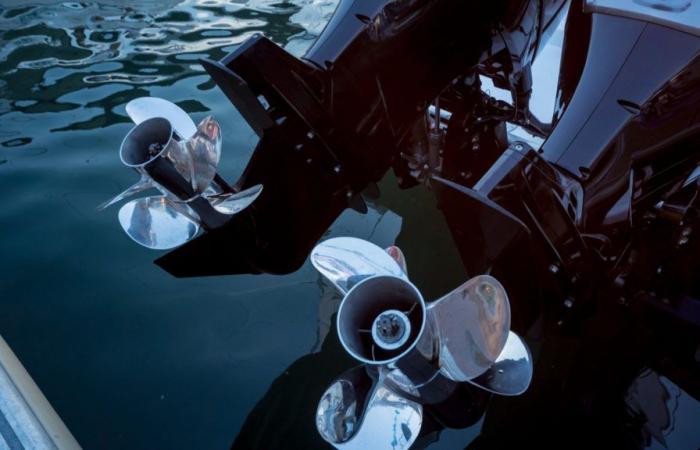Dubai leaves the world of stone with the first engine of compressed air that could mean the end of fuels. If the range of the new marine engine seemed crazy to you, what comes next will interest you. For a long time, fossil fuels have been seen as that faithful lifeline that has allowed us to overcome obstacles and move towards the future. However, that option that previously seemed synonymous with progress is what is taking us to a place where we do not want to be.
The questioning of fossil fuels comes as a result of the consequences that we are suffering due to their prolonged use over time: global warming and climate change. Places that previously knew the four seasons now do not come out of summer, landscapes that in the past enjoyed great vegetation today are plunged into the most absolute drought and so on. The same good that once seemed like the best thing that had happened to us, today is the focus of our problems and the enemy of the survival of living beings.
In this context, the world is looking aside and giving greater prominence to renewable energies. Its replacement by clean and renewable energy sources is inevitable and little by little we are witnessing it. In fact, this first engine Compressed air could be the answer to the questions the industry is asking.
Dubai hits with the first compressed air engine
A group of scientists from Arab Emirates proposes compressed air as an alternative to lithium. This technology is still in the experimental phase, but would be the long-term alternative to traditional lithium-ion battery packs.
It is still early to take things for granted because there are many tests to be carried out, but scientists at the University of Sharjah, in the United Arab Emiratesare already considering the possibility of using compressed air as an alternative to conventional lithium batteries.
Current stationary energy storage is led by electrochemical battery systems and pumped hydroelectric systems, but scientists in the Arab Emirates They trust that a compressed air storage It is optimal, sustainable and economical to leave the usual lithium battery packs in the past.
This technology, also nicknamed CAES, carries out an air pressurization technique when there is no high energy demand. Underground tanks, and also outdoors, are responsible for storing compressed air for times of greatest demand, when the air escapes. The air is released through an expander and manages, through other more complicated procedures, to transform mechanical energy into the necessary electricity.
The installations require a compressor, a tank, the aforementioned expander, a enginea generator and a management system.
The compressed air engine that would triumph in Dubai (and around the world)
CAES plants are not new. Countries like Germany They have already opted for them in the past. The Germans have had them operating since 1978 on a commercial level with a nominal power of 290 megawatts.
Other countries have joined this commitment after studying the potential of compressed air, such as USA which has had a plant in its territory since 1991 (110 megawatts). China will join the ‘clan’ soon, surpassing even the actions of Germanywith up to 300 megawatts, this number representing around 1,800 megawatts/hour.
The scientists of Arab Emirates They have concluded in their analyzes that the efficiency resulting from the process is 60% in practice, although the theoretical estimates spoke of 87%. If the generalized use of the engine of compressed air could reduce or eliminate human beings’ fierce dependence on fossil fuels.







